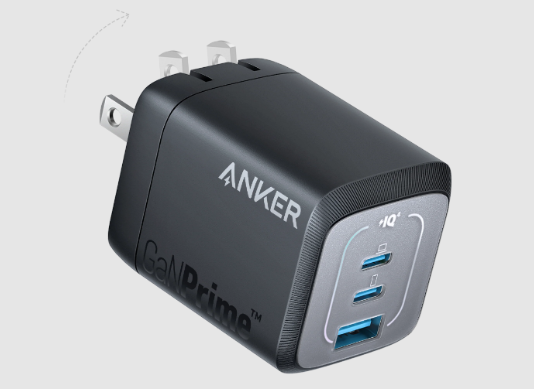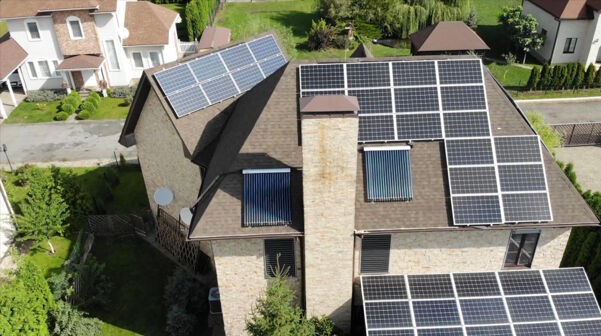What Exactly is Cold Chamber Die Casting?
Welcome to the dynamic world of manufacturing and engineering, where precision and innovation converge! Explore the realm of cold chamber die casting—a revolutionary technique in the production of intricate metal parts. Whether you’re a seasoned pro or a curious mind eager to understand the manufacturing process, join us on an informative journey. From the historical roots to the mechanics, advantages, and insightful comparisons. Get ready for an enlightening exploration into the world of cold chamber die casting!
Table of Contents
History and Development of the Technique
The history of cold chamber die casting dates back to the early 1800s, witnessing various metal casting explorations. However, it wasn’t until the late 19th century that modern die casting foundations were laid. The process evolved from manual machines to advanced hydraulic and mechanical systems.
An important moment occurred in 1885 with Otto Mergenthaler’s invention of a machine using high-pressure injection for molten metal molds. This innovation marked a shift towards more efficient and precise production methods.
Advancements in materials and technology further refined cold chamber die casting, introducing alloys like aluminum and zinc and expanding applications across automotive, aerospace, electronics, and consumer goods industries.
Presently, computer-aided design (CAD) software enables intricate mold designs, while automation streamlines operations, enhancing productivity without compromising quality. The ongoing evolution of cold chamber die casting reflects human ingenuity driving industrial innovation, ushering in a future where precision and possibility converge with each breakthrough.
How Does Cold Chamber Die Casting Work?
- Preparation of the Die: The process begins with the preparation of the two halves of the die. These dies are typically made of hardened tool steel and are designed to shape the final product. The die halves are mounted securely in the clamping unit.
- Injection System: In the cold chamber die casting process, the metal is melted in a separate furnace. The furnace holds the molten metal, usually aluminum or alloys with higher melting points. A ladle or an automatic pouring device transfers the molten metal to the shot sleeve of the machine.
- Clamping: The die halves are closed tightly together within the clamping unit. This closure ensures that the molten metal is held securely within the die cavity during the injection process.
- Injection of Molten Metal: The molten metal is then forced into the die cavity at high pressure. The injection is typically achieved using a hydraulic piston. The pressure applied helps to fill all the intricate details of the die and ensures that the final product is accurately formed.
- Cooling and Solidification: During Cold Chamber Die Casting, molten metal injected into the die quickly cools and solidifies, taking on the shape of the die. The important cooling time varies, depending on the material and part complexity.
- Die Opening: After the metal has solidified, the clamping unit opens, separating the two halves of the die. This is usually done using ejector pins or other mechanical means. The result is the newly formed metal part still attached to one of the die halves.
- Part Removal and Trimming: The cast part is removed from the die, and excess material, known as flash, may need to be trimmed. Flash is the excess metal that seeps into the parting line during the injection process. Trimming ensures that the final product meets the required specifications and tolerances.
- Post-Processing: Depending on the application, the cast part may undergo additional post-processing steps such as machining, surface finishing, or heat treatment to achieve the desired properties.
Cold Chamber Die Casting is widely used for producing high-quality, intricate parts in large quantities, making it a popular choice in various industries such as automotive, aerospace, and electronics.
Advantages of Cold Chamber Die Casting
Cold chamber die casting offers several advantages that make it a popular choice for manufacturing complex metal parts.
High Precision and Dimensional Accuracy
The controlled injection of molten metal into the die ensures that the final product maintains tight tolerances and accurate dimensions. This precision is important for parts that require exact specifications, such as engine components in the automotive industry.
Capability for Intricate Shapes
The ability to produce intricate and complex shapes is essential for industries like aerospace and electronics, where lightweight and intricately designed components are often necessary for optimal performance.
Efficiency in Time and Cost
Automation not only reduces labor costs but also enhances overall efficiency. The ability to produce consistent, high-quality parts at a rapid rate contributes to cost-effectiveness, making it a favorable option for large-scale production.
Strength and Durability
The rapid solidification of molten metal in cold chamber die casting results in a fine-grained microstructure. This imparts enhanced mechanical properties to the final product, including improved strength, hardness, and durability.
Versatility in Material Selection
The flexibility to use a variety of metals widens the range of applications for cold chamber die casting. Different alloys can be chosen based on their specific properties, such as corrosion resistance, thermal conductivity, or weight considerations.
High Production Rates
The combination of quick solidification and the ability to automate the process allows for high production rates. This is advantageous in industries where large quantities of parts need to be manufactured within tight deadlines.
Comparison with Other Casting Methods
In the realm of manufacturing complex metal components, various casting methods exist, each with its own set of advantages and limitations. Two commonly compared casting methods include cold chamber die casting and sand casting.
Cold Chamber Die Casting
- Speed and Efficiency: Cold chamber die casting involves injecting molten metal into a die cavity from an external crucible using a piston or plunger mechanism. While it may be slower compared to some other methods, it allows for precise control over temperature and pressure.
- Material Versatility: This method can handle high-melting-point alloys like aluminum and brass, offering greater flexibility in material selection.
- Volume Production: Cold chamber die casting is well-suited for high-volume production runs, maintaining consistent quality over extended periods.
- Equipment Complexity: The setup involves external melting and injection units, contributing to the complexity of the equipment.
Sand Casting
- Material Flexibility: Sand casting is versatile and can accommodate a wide range of materials, including ferrous and non-ferrous metals.
- Tooling and Setup: The tooling for sand casting is typically less expensive than that for die casting. Setup times can be longer, making it more suitable for lower-volume production.
- Complexity and Detail: Sand casting is capable of producing intricate designs and complex geometries, making it suitable for a diverse range of components.
- Surface Finish: Surface finish may require additional post-processing steps compared to die casting methods.
Ultimately, the choice between cold chamber die casting and sand casting depends on specific project requirements, production volumes, material preferences, and cost considerations. Each method has its strengths and is better suited to different applications within the broader landscape of metal casting.
Conclusion: Why is Cold Chamber Die Casting Important?
In conclusion, cold chamber die casting stands as a cornerstone in the manufacturing realm, offering unparalleled precision, efficiency, and versatility. Its capacity to craft intricate components with speed and accuracy has made it indispensable across industries, from automotive to aerospace.
The technique’s ability to facilitate mass production without compromising quality, coupled with a diverse range of material options, underscores its cost-effectiveness and broad applicability.
Moreover, the precision molding capabilities of cold chamber die casting often eliminate the need for time-consuming post-processing steps required by alternative methods. While challenges like initial tooling costs and design limitations exist, ongoing technological advancements promise to address and overcome these issues.
Looking ahead, the future of cold chamber die casting appears promising, with research focusing on developing advanced alloys tailored for the process and enhancing automation systems. These innovations are poised to usher in a new era of possibilities, solidifying the continued importance of cold chamber die casting in shaping the landscape of modern manufacturing.



